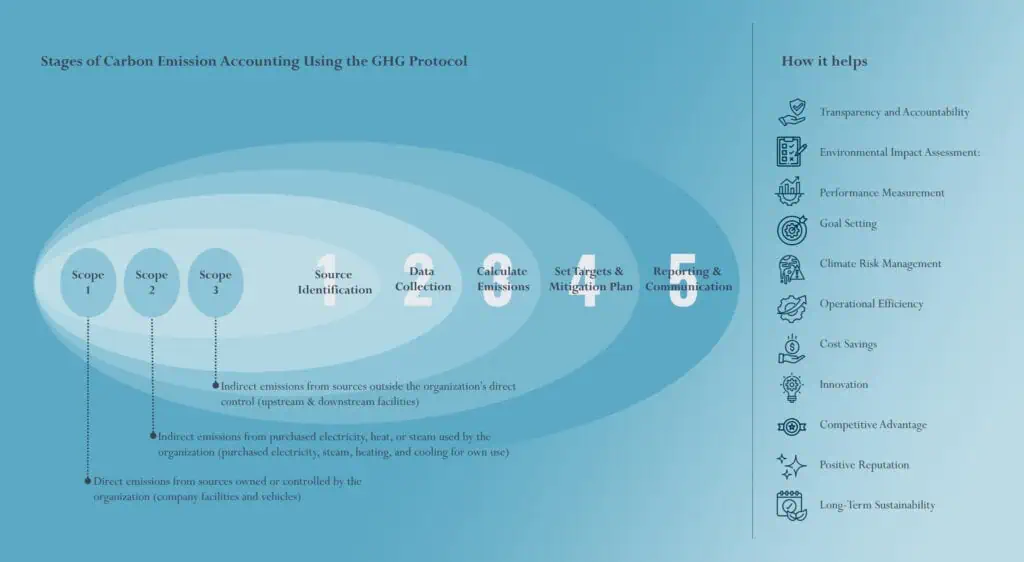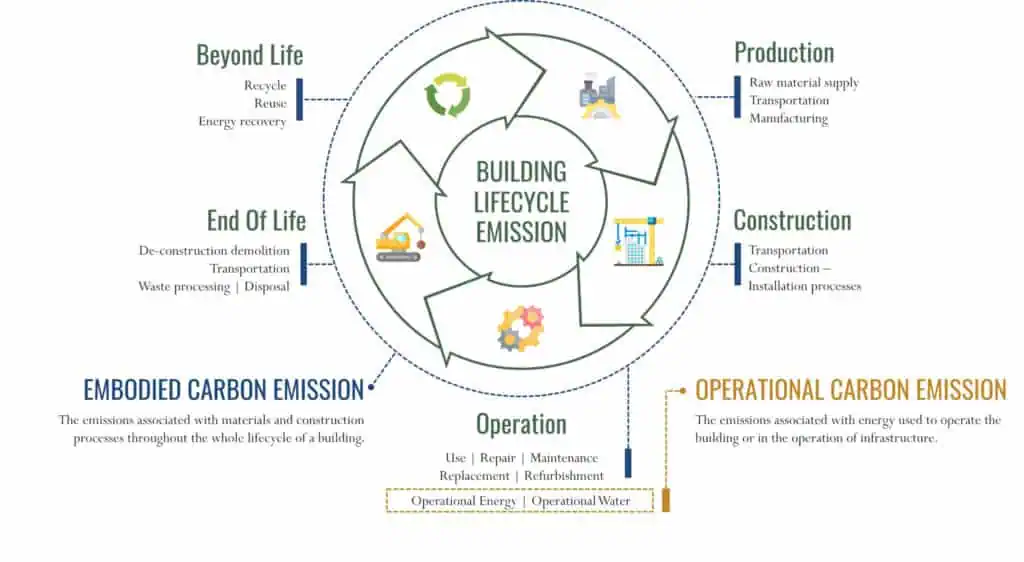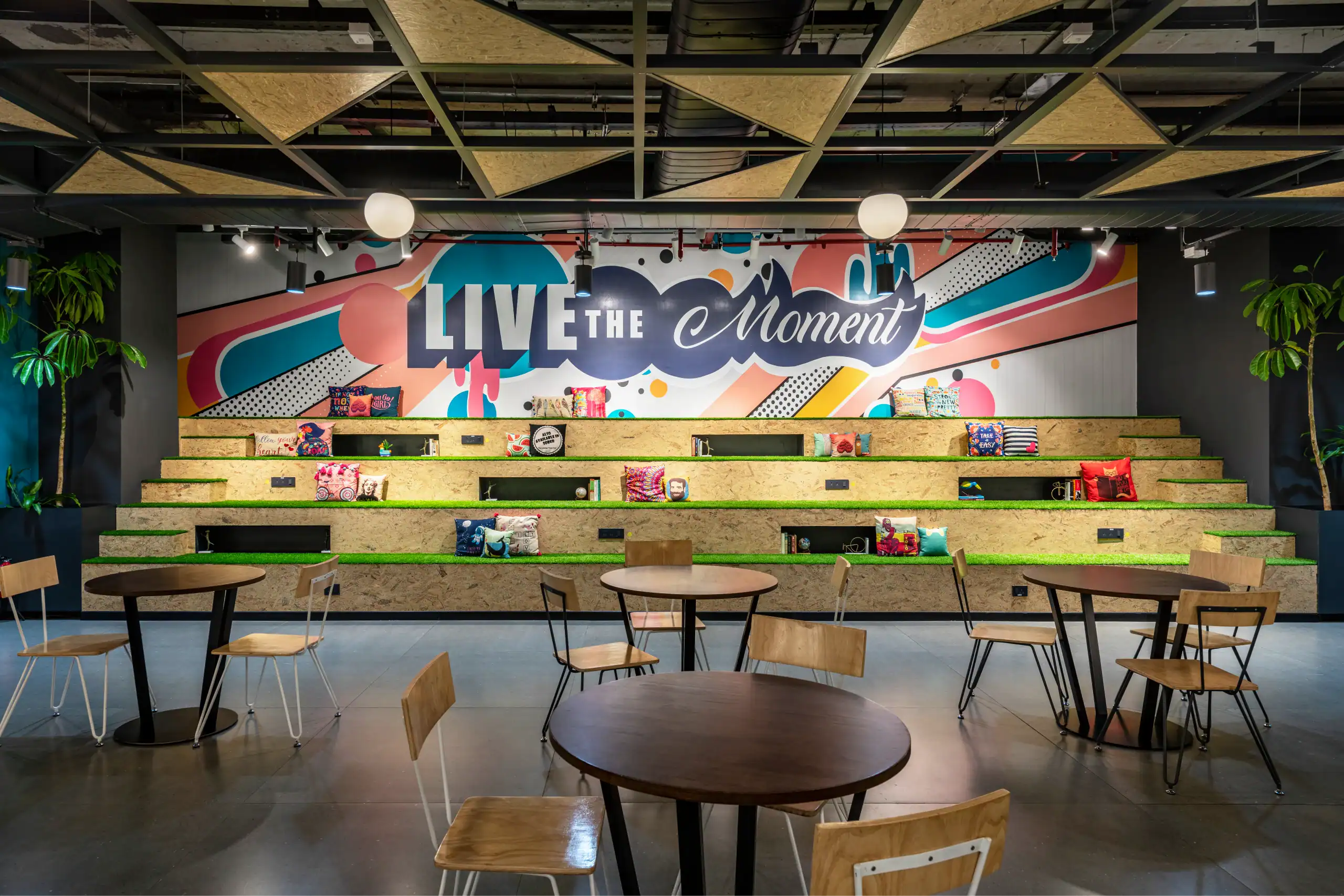Meaningful climate action begins with accountability—what cannot be measured cannot be managed. For organizations seeking to reduce their environmental impact, carbon emission accounting serves as a critical foundation. Also known as greenhouse gas (GHG) accounting, this process involves quantifying the direct and indirect emissions generated through business operations within defined boundaries. By taking a systematic approach to tracking and reporting emissions, organizations can identify high-impact areas, set measurable targets, and demonstrate transparency to stakeholders. More importantly, robust carbon accounting creates a data-informed foundation for strategic decision-making. It supports regulatory compliance, strengthens ESG performance, and empowers organizations to allocate resources effectively toward emission reduction efforts.
The Greenhouse Gas Protocol
In this context, the Greenhouse Gas Protocol (GGP) is a globally recognized framework for quantifying and managing greenhouse gas emissions. It provides organizations with consistent, standardized methodologies for measurement and reporting, ensuring that environmental impacts—particularly carbon emissions—are accurately assessed.
The GGP plays a vital role in guiding decarbonization strategies and ensures reliable, verifiable emissions data. It also forms the foundation for the Environmental pillar of Environmental, Social, and Governance (ESG) reporting—an increasingly important benchmark for evaluating corporate sustainability. The protocol’s standards are widely adopted across sustainability platforms, including the Carbon Disclosure Project (CDP), Global Real Estate Sustainability Benchmark (GRESB), Sustainability Accounting Standards Board (SASB), and Dow Jones Sustainability Indices (DJSI).

By aligning internal accounting systems with the GHG Protocol, organizations can ensure consistency across reporting, benchmarking, and goal-setting – facilitating both internal improvements and external credibility.
The Built Environment Narrative
“Rising emissions in the buildings and construction sector emphasize the urgent need for a triple strategy to aggressively reduce energy demand in the built environment, decarbonize the power sector, and implement materials strategies that reduce lifecycle carbon emissions.”
Inger Andersen, Executive Director of the UN Environment Programme
The built environment represents a significant contributor to organizational emissions, making it a critical area of focus for carbon reduction. Globally, buildings and construction account for nearly 40% of energy-related emissions, a figure that underscores the urgency for targeted action.
By addressing carbon emissions associated with design, materials, construction, operations, and eventual decommissioning, organizations not only advance climate goals – they unlock long-term operational and reputational benefits. Lifecycle-based emissions assessments provide a comprehensive path to align with the GHG Protocol and other leading standards, ensuring a holistic view of environmental impact.
The Way Forward: Building Lifecycle Assessment Integration
To effectively mitigate carbon emissions in the built environment, it’s imperative to understand the sources and pathways of emissions within this domain. This is where Building Lifecycle Carbon Assessment (LCA)come into play. The building LCA offers a comprehensive view that extends beyond the construction phase, examining a structure’s environmental impact throughout its existence. This assessment covers various elements, from initial planning and material selection to ongoing energy consumption patterns, eventual decommissioning, or refurbishment. It considers both operational carbon, reflecting day-to-day energy use, and embodied carbon, encompassing emissions throughout the entire life cycle of construction materials. Together, these factors contribute to determining a building’s overall carbon footprint.

Translating Insights into Action: Strategies for Decarbonizing the Built Environment
To move from climate intent to tangible impact, organizations must embrace integrated strategies that tackle emissions at every stage of the building lifecycle. This means addressing both embodied carbon and operational carbon. Together, these areas form the core of any credible decarbonization roadmap for the built environment. By embedding sustainability principles into every phase of a building’s lifecycle from design and construction to daily operations—organizations can make meaningful progress toward decarbonization while aligning with international climate goals and compliance frameworks.
Strategies to Mitigate Embodied Carbon Emissions
1. Design for Circularity and Future Adaptability
Incorporate modular layouts and demountable partitions that allow interior spaces to be reconfigured, reused, or dismantled with minimal waste. Designing with flexibility in mind supports long-term space adaptability, reduces reliance on new materials, and aligns with circular economy principles.
2. Optimize Structural and Spatial Planning
Leverage digital modelling and space planning tools to optimize floor layouts, reduce unnecessary built elements, and minimize material-intensive interventions. Thoughtful spatial design not only enhances functionality but also reduces the carbon footprint of fit-outs and renovations.
3. Use Low-Carbon, High-Performance Interior Materials
Select finishes, furniture, and fittings with low embodied carbon – such as FSC-certified wood, recycled content materials, or low-carbon composite panels. Prioritize products with Environmental Product Declarations (EPDs) and sustainable certifications (e.g., GREENGUARD, Cradle to Cradle) to ensure transparency and performance.
4. Streamline Fit-Out and Installation Processes
Adopt prefabricated and modular components where possible to reduce onsite waste, shorten installation timelines, and improve efficiency. Coordinated fit-out phases minimize the environmental impact associated with rework, delays, and material overuse.
5. Implement Onsite Waste Management and Material Recovery
Establish clear protocols during interior fit-outs to sort, recycle, and recover materials—such as ceiling tiles, carpets, and drywall. Work with contractors and suppliers to ensure material recovery is part of the project execution, supporting both carbon and landfill diversion goals.
6. Power Construction with Clean Energy
Where feasible, use renewable power sources or battery-powered tools during installation and renovation phases. Partnering with landlords or facility managers to access clean energy for construction activities helps reduce emissions during interior upgrades.
Strategies to Mitigate Operational Carbon Emissions
1. Design for Energy Performance from Day One: Embed passive design principles such as daylighting, natural ventilation, thermal mass, and orientation to reduce energy demand from the outset. Complement these with high-performance insulation, glazing, and envelope detailing to minimize reliance on mechanical systems and enhance long-term efficiency.
2. Power with Renewable Energy: Utilize clean energy sources like rooftop solar PV, micro wind turbines, or geothermal systems to meet operational energy needs. Where on-site options are limited, explore green power purchase agreements or participate in community-based renewable energy programs to ensure a lower-carbon energy supply.
3. Deploy Intelligent Building Management Systems (BMS): Implement responsive building management systems to monitor and control lighting, HVAC, and plug loads in real-time. These systems enable dynamic adjustments based on occupancy, usage patterns, and environmental conditions—maximizing energy efficiency without compromising comfort.
4. Enhance Water Use Efficiency: Integrate water-saving features such as low-flow fixtures, dual-flush toilets, greywater reuse, and rainwater harvesting to reduce water consumption and the associated energy required for pumping and treatment. These measures contribute to both carbon reduction and resource conservation.
5. Pursue Third-Party Green Certifications: Align operational performance with recognized green building certifications such as LEED, BREEAM, or WELL. These frameworks provide structured guidance for reducing emissions, improving indoor environmental quality, and demonstrating accountability in sustainability performance.
6. Continuous Monitoring, Reporting, and Optimization: Establish a data-driven approach to building operations through continuous monitoring and reporting of energy and resource use. Leverage analytics to identify inefficiencies, optimize performance over time, and engage stakeholders in achieving long-term sustainability goals.
Transforming the Built Environment for Climate Action
The path to meaningful climate action runs through the spaces we design, build, and inhibit. As one of the most significant contributors to global emissions, the built environment holds immense potential to become a catalyst for positive change. By adopting robust carbon accounting practices, aligning with the GHG Protocol, and integrating lifecycle thinking into every stage of a building’s existence, organizations can transform ambition into measurable progress.
This is no longer just a sustainability imperative – it’s a strategic advantage. Forward-thinking organizations that embrace decarbonization are creating healthier, more efficient, and future-ready spaces. In doing so, they not only meet environmental goals but also unlock long-term value, boost resilience, and build greater trust with stakeholders.
The opportunity is clear: to shape smarter, climate-conscious environments that support a thriving and low-carbon future – for business, people, and the planet.
Related Reads:
Part 1 – Built to Last? Rethinking Climate Action Through the Built Environment
How to Fulfill ESG Goals and Elevate Business Through High Performance Community-Centric Workplaces?






